We’ve all experienced the flood of negative emotions when someone says or does something triggering. It can often be difficult to remain calm when faced with attacks on our personal character. Sometimes criticism has less to do with us and more to do with the lens through which someone is looking—in light of their own values, hardships, and experiences. Before we rush to defend ourselves in the heat of the moment, we might consider the following:
Man in the Mirror
The self-serving bias describes our tendency to attribute positive events and successes to our own character traits but blame negative results on external factors unrelated to our character. Thinking this way can place your self-esteem on an emotional roller coaster, bobbing up and down with the ebb of the tide.
When things are going well, you’re God’s gift to humanity and deserve praise. When things fall apart, you’re the victim who deserves better. This constant sense of deserving is mentally draining and unconducive to personal growth. If we don’t acknowledge our shortcomings, we’re less likely to learn from our mistakes and avoid repeating them in the future.
Besides affecting individual behavior, self-serving bias presents with systemic effects on a global scale as well. A study conducted by researchers at Carnegie Mellon University examined the role of self-serving bias in climate change negotiations and found that college students in both China and the United States held nationalistic beliefs about which countries should reduce greenhouse gas emissions and by how much.
However, when researchers disguised the problem and the identity of the parties involved, students in both countries had similar ideas about what constitutes a fair distribution of burdens. Similarly, if we try to judge situations more impartially by removing ourselves from the equation, we can come up with more equitable solutions.
A similar but closely related concept is the actor-observer bias. The main difference is that the actor-observer bias focuses on both our behaviors as well as the behaviors of others while the self-serving bias only addresses our own behaviors. Fundamental attribution error, which we discussed last week, similarly addresses just one half of the equation, the behavior of others, while actor-observer bias incorporates both.
Actor-observer bias explains our tendency to judge others by different standards than we judge ourselves. The hypocrisy of actor-observer bias means that if you run a red light, it’s an honest mistake, but if someone else runs a red light, they are recklessly endangering the lives of others. Your actions are always justified, and your motives are always pure. But if someone else exhibits the same behavior, they are malicious and corrupt.
We tend to attribute our negative behaviors to external forces outside our control and assume that the negative behaviors of other people are the result of internal factors under their conscious control. If you fail a test, it’s because the teacher didn’t explain the material properly. If someone else fails, it’s because they didn’t study hard enough.
Stephen Pinker describes a phenomenon known as the “moralization gap.” During conflicts, we tend to unconsciously inflate perceptions of ourselves and underestimate the goodwill of others. Psychology studies have shown that both victims and perpetrators distort the facts of a situation to fit their respective narratives. Moreover, close friends of victims (third parties) are usually less forgiving than victims themselves (first parties).
Keeping cognitive biases in mind can help us reorient our perspective and remind us that the things we experience are not necessarily personal. When you fail at something, it doesn’t mean you are a failure as a person; it simply means you are a person who happens to fail sometimes. Criticisms can be seen as opportunities for improvement rather than personal attacks on our character.
Putting Perspective Into Practice
Now that we understand the psychology behind how we think, how can we practically apply this knowledge in our daily lives? Neuroscience offers a couple of techniques that might help us out during times of stress. The first is called affect labeling.
Affect Labeling
On The People’s Scientist podcast, neuroscientist Stephanie Caligiuri of the Icahn School of Medicine at Mount Sinai explains that the logical part of our brain can inhibit more emotional reactive parts like the amygdala (involved in fear, aggression, and anxiety) and the medial zone of the hypothalamus, which regulates defensive behaviors.
The prefrontal cortex, responsible for decision making and judgment, can be engaged by the simple yet effective practice of affect labeling, which consists of several steps:
Stop and take a deep breath to inhibit autonomic arousal and reduce stress.
Label the emotion you are feeling, and be as specific as possible, e.g. “I feel angry” or “I feel afraid.”
Identify the source of the emotion, and ask yourself, “Why do I feel this way?”

Going through this exercise helps inhibit emotional reactivity. In studies, the practice of affect labeling has been shown to reduce the intensity of negative emotions as well as heighten the experience of positive emotions.
Physiological Sigh
Neuroscientist Andrew Huberman of the Stanford School of Medicine takes this advice a step further and advocates using the “physiological sigh” to reduce autonomic arousal and impulsive reactivity. The physiological sigh consists of two deep inhales in a row (without exhaling in between) followed by a full exhale through the mouth to empty the lungs.

The action of the double inhale serves to “pop” the air sacks, or alveoli, in the lungs open, allowing oxygen to enter and carbon dioxide to be exhaled during the sigh out. Our bodies naturally perform this pattern of breathing every 1-5 minutes during sleep and waking hours.
A brain region called the retrotrapezoid nucleus is responsible for triggering these sighs whenever carbon dioxide builds up in the brain or blood. Huberman explains that meditation practices also help create a gap between external stimuli and our impulse to respond to them.
Stay Nourished
Paying attention to our nutritional status can also help modulate our stress response. Up to 86% of us may not be getting adequate amounts of magnesium in our diet despite normal plasma levels. Magnesium insufficiency can present with irritability, fatigue, anxiety, muscle weakness, and a lowered ability to cope with stress.
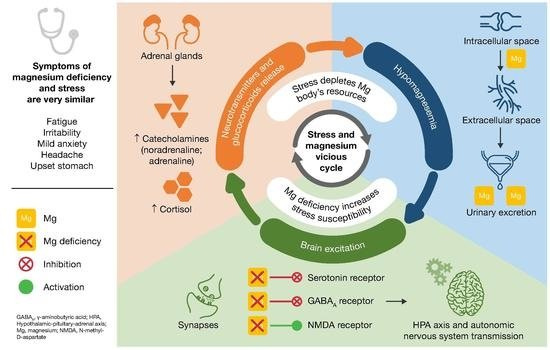
Magnesium counteracts stress responses by antagonizing NMDA receptors, increasing GABA release, reducing cortisol levels, and facilitating the production of serotonin. Lack of sufficient dietary magnesium can therefore perpetuate the stress response signal in the brain. Consuming too much alcohol or caffeine can further exacerbate the problem by causing rebound hyperexcitability and increasing anxiety.
Magnesium-rich foods include pumpkin seeds, dark chocolate, cashews, spinach, and black beans. During times of physical or psychological stress such as prolonged fasting, sleep deprivation, or intense exercise, our demand for magnesium may be higher than normal. Supplementation may sometimes be necessary to meet our daily requirements.
Used in conjunction, these strategies of affect labeling, physiological sigh, and magnesium replacement can help us to respond more rationally when provoked. Now, I’m not saying we need to be as Stoic as Spock or perfectly in control at all times, but implementing these simple tools can go a long way towards better understanding and more fruitful conversations. Next week, I’ll cover tips for more productive disagreements. Until then! 👋
Disclaimer: Some of the links in this post are affiliate, which means I may receive a small commission from any qualifying purchases at no additional cost to you. Thank you!





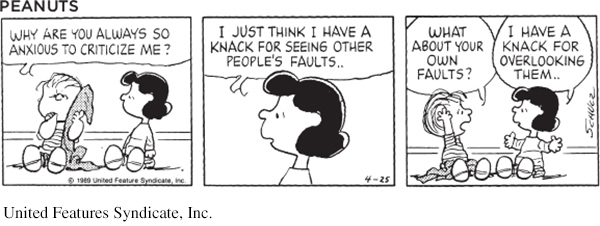





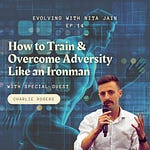
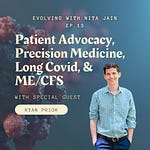

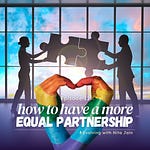

How to Stay Calm When Triggered